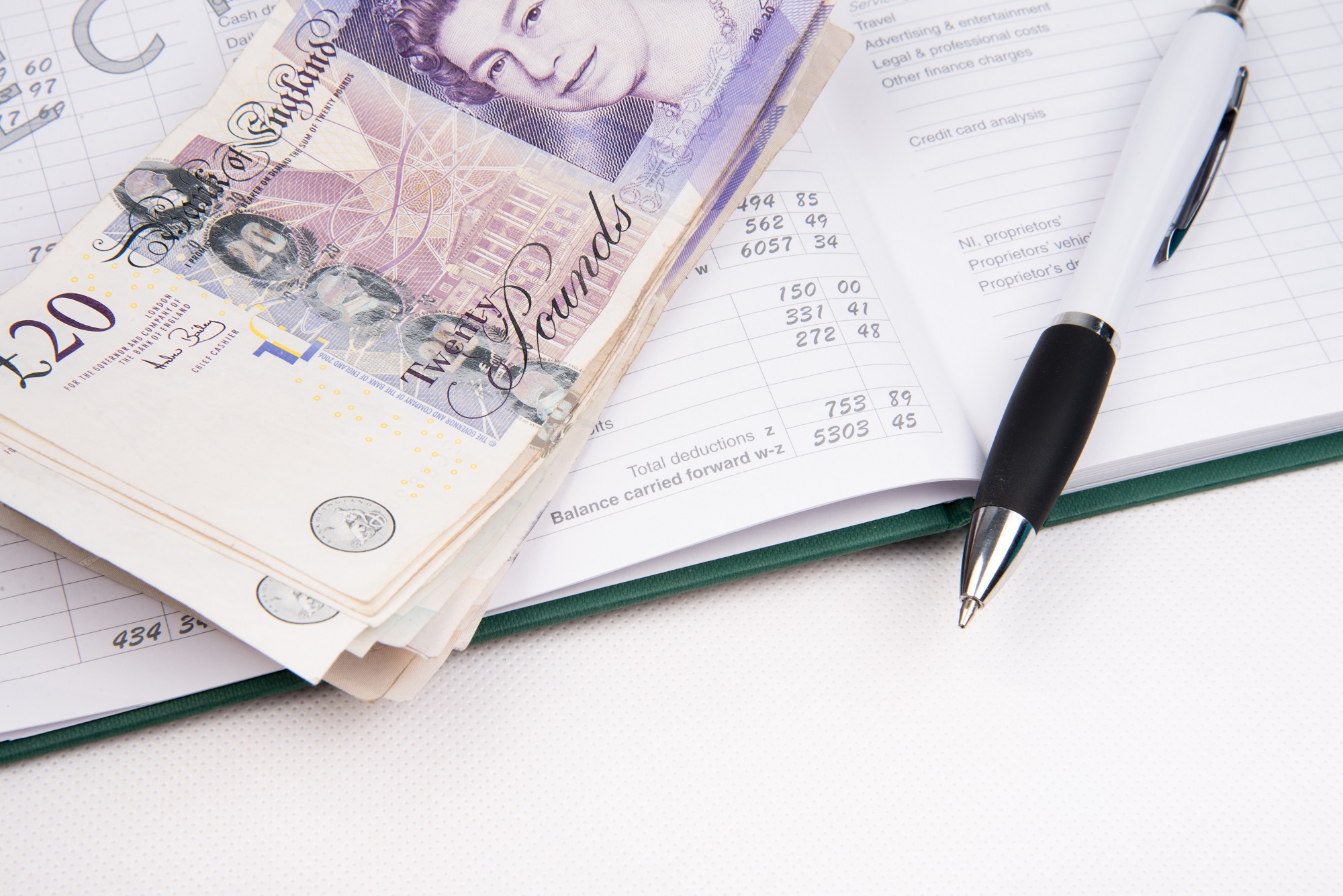With an uncertain economic outlook, it’s a great time to get on top of company finances and refocus on your budget plans. But when you’re looking at your budget don’t consider it in isolation. As you build your budget lines and consult with business units, departments or key staff, remember to consider the actual execution and procurement that arises from the financial planning aspect. This is important because it will ultimately impact your cash flow too and so your budget and cash flow statement should run hand in hand, wherever possible.
So, where do you start with budgeting and what should you look out for? Our handy 3 step guide below will help you plan and execute your budget and stay on top of your finances.
Step 1 – A good budget is regularly reviewed
Budgeting should not be a once a year task. A good budget is a live document that is regularly reviewed and updated. When conducting interim reviews, create versions so you retain an audit trail of the changes as these may provide a valuable learning tool for future forecasting purposes. It’s ok to flex budget lines ‘in year’ to reflect changes in strategy or business priorities. For instance, if you’ve budgeted to recruit a senior role at say £48k per annum, any delay in recruiting can create a decent bow wave of underspend each month. You may want to treat this as an in year saving or you may decide to re assign it to another area, providing additional spend power or managing unexpected overspend elsewhere.
Step 2 – Delegate budgets but don’t lose control
Budgeting is absolutely a team task. The most successful budgets are generated ‘bottom up’ rather than ‘top down’ as that encourages buy in from those on the front line making the decisions that impact the spend. It’s fine to set budget parameters at board level but understanding each team or department’s individual priorities for the year will create a dialogue and opportunity for negotiation. Whilst you want engagement, make clear that agreeing a budget is not the green light to go and spend that full amount and so you’ll need to set expectations on delegated management of budget spending – maybe by month or quarter, subject to expected cash flow. It may be that there are specific income triggers that will make budget available e.g. sales targets.
Step 3 – Plan the budget, purchase and cash flow together
A great example of why this is important comes from a local case study, shared with us by a charity FD. Having created the budget and invited input from all the business units, the FD had costed in the purchase of a large tractor for the facilities team. He hadn’t however, discussed when this could be purchased. As a charity FD, he had a responsibility to maximise the value of their assets and had just moved a large portion of cash into reserve when he looked out of the window and noticed a low loader delivering the tractor – just days into the new financial year. The facilities manager had taken the budget sign off as a cue to spend and managed to acquire said machine from stock, from a trusted supplier, on their credit account. The first the FD knew about the purchase was as he watched his proud groundsman rolling it off the truck. As far as the facilities manager was concerned “It’s ok, it’s in the budget!”. This is a prime example of why budget, procurement and cash flow have to be planned together – especially if you’ve got an over zealous facilities team!
